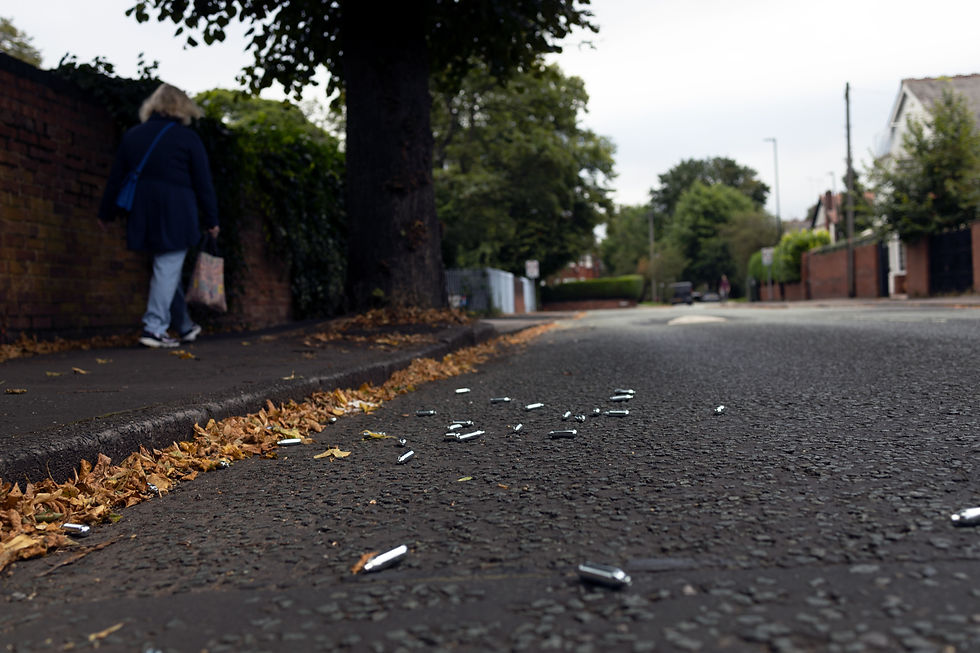Assumptions: why the criminal justice system is facing an existential crisis
- Crest Advisory
- Oct 30, 2020
- 2 min read
Updated: Apr 23, 2025
Insights Perspective
Callyane Desroches, Strategy and Insight Manager
Friday 30 October 2020

Like any other model, ours is based on assumptions and inputs. We consider them to be reasonable and have listed them here in the interest of transparency but you can see more detail in the report.
Police recorded crime: our model takes into account historical trends related to the rise in police recorded crime (9 offences excluding fraud and summary offences) using published data dating back to 2014.
Police recorded crime: It also accounts for two dips in recorded crime due to Covid-19 and the lockdowns. Finally, it includes a long-term increase in certain crime types due to an estimated increase in unemployment driven by the economic downturn caused by a global pandemic.
Charging crimes: our model is based on the empirical relationship between the volume of recorded crime and typical charging rates by offence type and the number of police officers. When police staff and recorded crime increases, the volume of charged crime increases accordingly.
Charging crimes: our model also takes into account the Interim CPS Charging Protocol which reduces the amount of cases charged. Our model only takes it into account until 09/20 as when we built it in April 2020, this felt like a reasonable assumption.
Charging crimes: the Interim Charging Protocol is still in effect, which would slightly impact the overall numbers, but is unlikely to make a difference to the long-term trends.
Court capacity: court capacity is modelled on published data detailing all relevant sentenced cases per month. In ‘scenario 3/Covid scenario’, court capacity is modelled to drop by 90% in March 2020 due to the lockdown, and recover gradually to 2019 court capacity levels over 12 months from 09/20.
Court capacity: in ‘scenario 3.a/doubling court capacity’ scenario, court capacity is modelled to drop by 90% in March 2020 due to the lockdown, and recover gradually to 2019 court capacity levels over 12 months from 09/20 and then double over a further 12 months.
Court capacity: in ‘scenario 3.b/tripling court capacity scenario’, court capacity is modelled to drop by 90% in March 2020 due to the lockdown, and recover gradually to 2019 court capacity levels over 12 months from 09/20 and then triple over a further 12 months.
Backlog: our definition of ‘backlog’ includes all cases that are waiting for a final outcome in the courts, from cases waiting to be listed, cases waiting for first hearing/committal hearing and cases waiting for a sentence while being ‘actively tried’.
Backlog: we consider this a robust way to encapsulate all the workload in the courts and to reflect defendants’ and victims’ experiences of waiting for an outcome. This definition may vary from other agencies’.
Sentence distribution: the model’s sentence distribution is based on published data. The proportion of custodial sentences served is modelled on published data and does not take into account current future policies to increase the length of service for violent and sexual offences.



